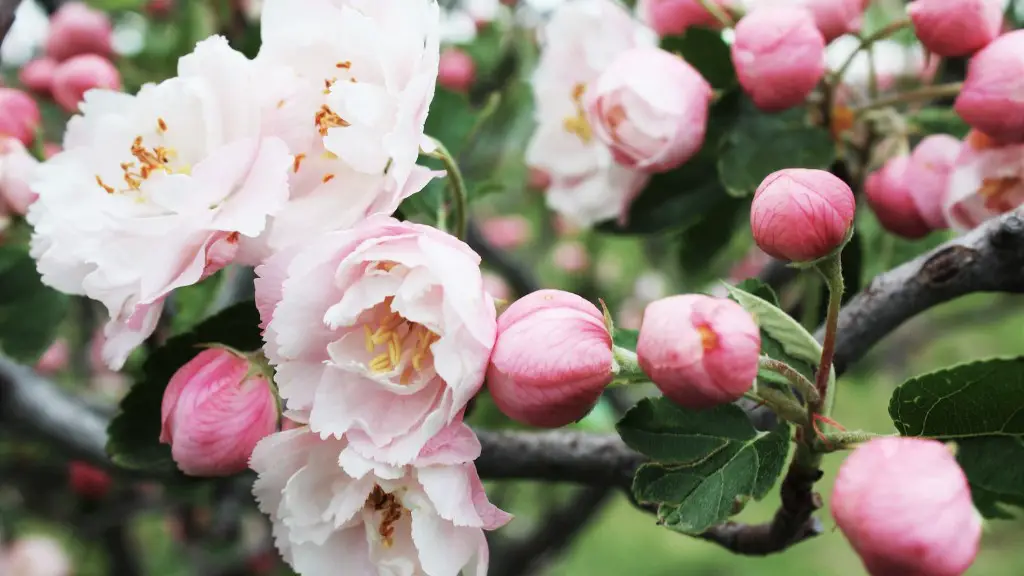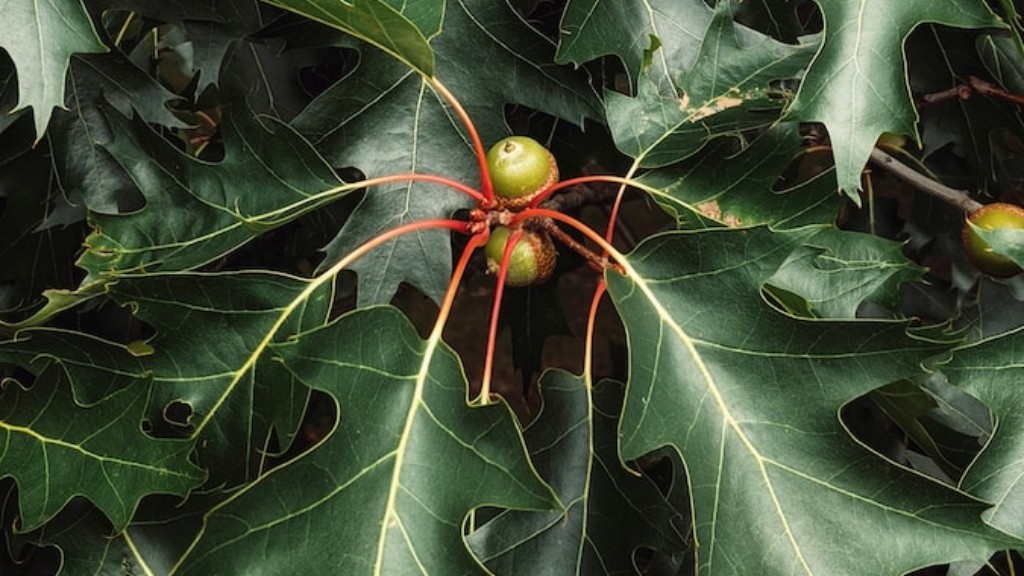Avocado trees are widely grown in home gardens and orchards. They can be quite sensitive to their environment and can suffer from a range of issues, both physical and environmental. Knowing how to identify if your avocado tree is dying can save you time and money and ensure that you get the most out of your avocado crop.
Know the Signs
It is important to pay close attention to your tree’s overall health, as it can be difficult to identify the signs of a dying avocado tree. The leaves may yellow, curl up, and start to fall off. In addition, the branches may become brittle and discolored. Other signs include stunted growth or a lack of new leaves and fruit. If you notice any of these signs, consult a professional or take action to resolve the underlying cause.
Check the Soil
It is also important to check the soil regularly. If the soil is dry, water the tree immediately. If the soil is too wet, add compost or mulch to absorb some of the excess moisture. Unhealthy soil can cause nutrient deficiencies and fungal or bacterial infections. In addition, if you suspect a nutrient deficiency, consider supplementing the soil with organic fertilizer.
Pest Control
Pests can also damage an avocado tree. Common pests include aphids, mealybugs, scale, thrips, mites, and caterpillars. If you notice these pests, spray the tree with an appropriate insecticide. Alternatively, you can pick them off manually. Additionally, ensure the tree is in a secure location to minimize the risk of animal damage.
Winged Fruit
In some cases, a dying avocado tree can produce what is known as “winged fruit”. Winged fruit is a fruit with a large seed and thin, woody flesh. These fruits are usually smaller in size and have an irregular shape. Winged fruit can be a sign that a tree is in trouble, and it should be monitored closely to ensure it is healthy.
Environment
The environment can have a big impact on the health of an avocado tree. Avocado trees require plenty of sunlight and water. Make sure the tree is receiving at least 8 hours of sunlight per day, and water it deeply and regularly. Avoid fertilizing too frequently, as this could cause the tree to become unhealthy.
Inspecting the Tree
One of the best ways to determine if your avocado tree is dying is to inspect it regularly. Check the trunk, branches, and leaves for signs of discoloration or rot. Examine the roots for signs of disease such as fungi or root rot. Also, look for insect damage or signs of pests.
Seek Advice From a Professional
If you are still uncertain about the health of your avocado tree, it may be a good idea to seek advice from a professional. A professional can accurately diagnose any problems and suggest the best course of action. They can also provide advice on how to improve the health of your tree, such as providing the right amount of water and sunlight.
Tree Pruning
Tree pruning is essential to maintain healthy tree growth and prevent diseases. When pruning, cut back dead or damaged branches, as well as leaves or other growth that is blocking sunlight. Properly prune your tree to open it up and allow sunlight to reach all its leaves. Additionally, prune off any diseased or damaged branches.
Trick of the trade
Finally, an avocado tree should be treated with special care. Avocado trees can be sensitive to cold temperatures, so avoid planting them in an area that is exposed to cold temperatures. Additionally, adding mulch to the soil can help maintain soil moisture and keep the tree healthy. Finally, keep an eye on the leaves, as they are an important indicator of the overall health of the tree.
Integrating Fertilisers
Fertilisers are a very important part of avocado tree care, as they supply the essential nutrients that the tree needs to stay healthy and strong. They also help to restore depleted levels of essential nutrients that may be lost over time. Fertilisers should be added to the soil in small amounts and applied at the base of the tree to ensure they reach the root system. Additionally, consider adding organic mulch or compost to the soil, as this helps to reduce water loss and increase organic matter in the soil.
Maximising Pollination
In order for an avocado tree to set and produce fruit, it needs to be properly pollinated. Pollination is best achieved through the introduction of pollinating insects to the area. If natural pollinators are not present, you may need to manually pollinate the tree. To do this, use a soft brush to gently brush the flowers and transfer the pollen from the stamens to the stigma.
Managing Pests and Diseases
Unfortunately, pests and diseases can wreak havoc on avocado trees, so it is important to keep an eye out for any signs of trouble. Common pests and diseases include root rot, fungal infections, scale, and aphids. If you notice any signs of pests or diseases, take immediate action to eliminate them before they become a serious issue. Additionally, inspect the trunk, branches, and leaves of the tree regularly to ensure they remain healthy.
Replacing Injured Trees
If the damage to your avocado tree is too severe, replacing it may be the best option. It can be difficult to identify when a tree is too far gone, so it is important to consult a professional. If the tree is indeed beyond repair, replacing it with a new one can help ensure your tree remains healthy for years to come.


